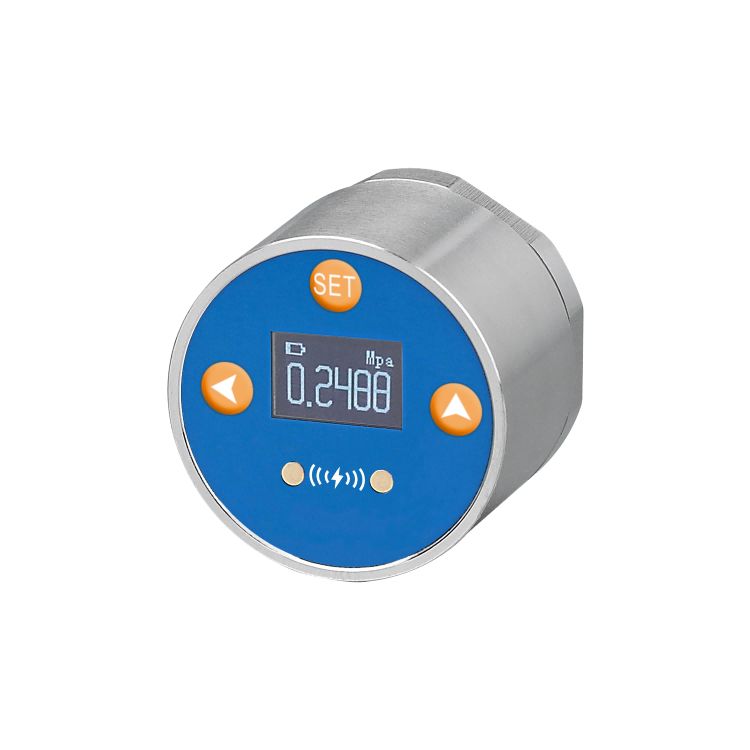What Factors should be Considered When Selecting a Pressure Transducer?
2025-04-22
A pressure transducer is a device used to measure the pressure of a gas or liquid. Its working principle is to convert physical pressure into an electrical signal to achieve monitoring, control and data recording of pressure values. Selecting the right one plays an important role in ensuring the reliability, accuracy and efficiency of the system. Different application scenarios have different requirements for it. For example, in industrial automation, high-precision and stable pressure transducers are required.
So how to select a suitable pressure transducer?

First of all, clarifying the needs of the application scenario is the first step. Different application scenarios also have different requirements for pressure transducers. For example, in meteorology, an absolute pressure transducer is required to measure atmospheric pressure. In inflow and filter monitoring, a differential pressure transducer is required to measure the pressure difference between two points. Therefore, selecting the right type of pressure transducer according to the specific application requirements can ensure that the sensor plays its role in the application.
Secondly, measurement accuracy is a key factor. Different applications also have different requirements for pressure measurement accuracy. When selecting a pressure transducer, choose the right model and accuracy level according to the accuracy requirements of the application to ensure the accuracy and reliability of the measurement results.
Then the working environment is also an important factor. When selecting a pressure transducer, factors such as the temperature, humidity, corrosion, and vibration of the working environment need to be considered.
Response time refers to the speed at which a pressure transducer responds to pressure changes. In some applications, fast response is critical, such as in automotive crash testing and dynamic pressure monitoring, where pressure transducers with extremely fast response times are required to capture instantaneous pressure changes. Therefore, when selecting a pressure transducer, it is necessary to select it based on the actual situation.
Stability and repeatability are important indicators of the long-term performance of it. Stability refers to the ability of a sensor to maintain consistent performance over a long period of time, while repeatability refers to the consistency of repeated measurement results under the same conditions.
Finally, cost is an inevitable factor. On the premise of meeting technical requirements, choosing a cost-effective sensor can effectively control costs.



